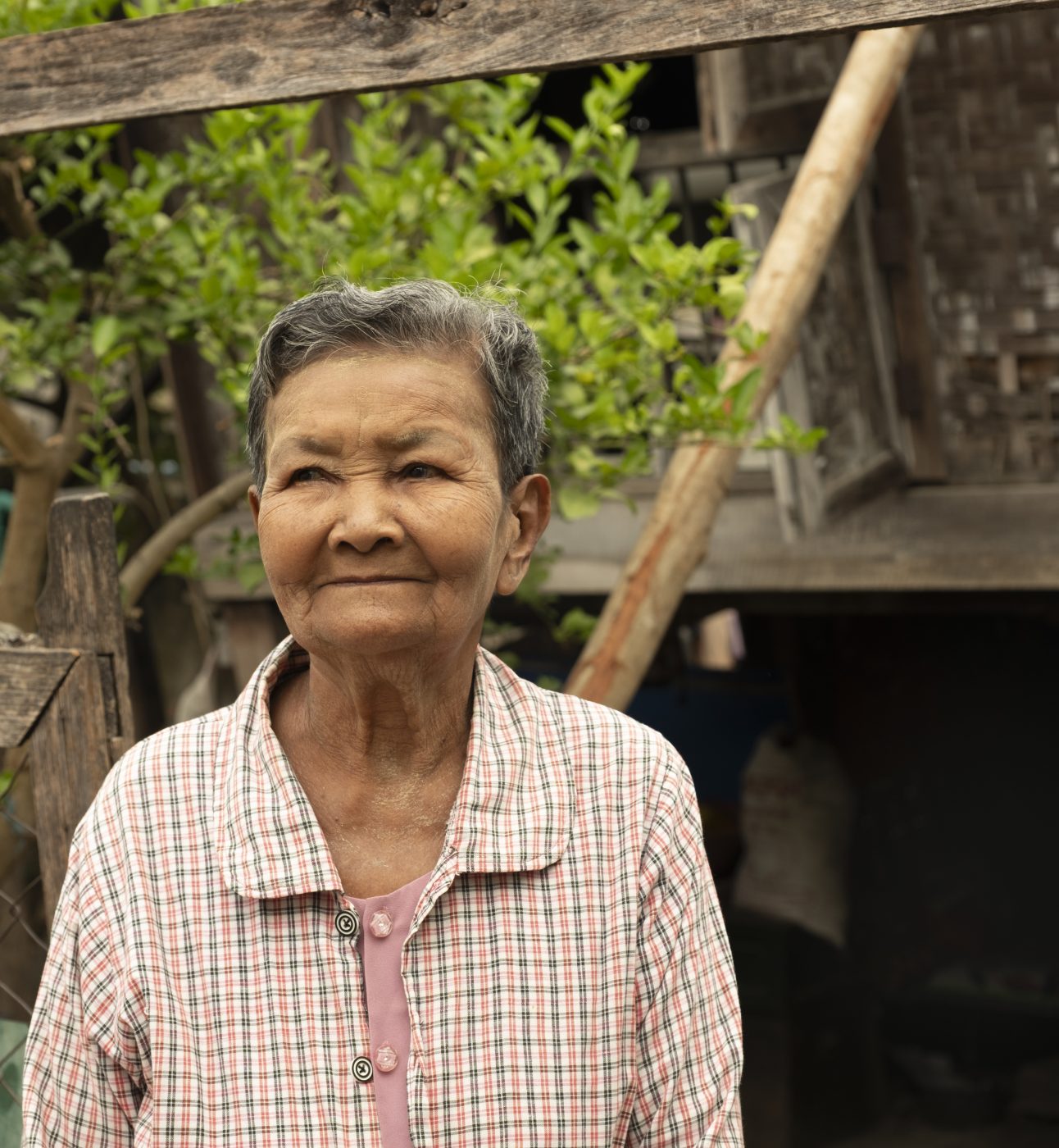Collapse of social support structures
The earthquake has had a deep and lasting impact on older people, especially through the loss of vital social support networks. This was the most commonly reported consequence, with 60% of older respondents identifying it as a major issue – a figure that rose to 73% among older people with disabilities.
Community support has been a lifeline for many, with 60% of respondents receiving help through local networks. However, this support declined with age: while 77% of people aged 50–59 reported receiving assistance, only 25% of those aged 80–89 did.
Worryingly, nearly one in five older people (19%) said they hadn’t received any help at all since the earthquake. This rose to 33% among older people with disabilities and 46% among those aged 80–89, highlighting the urgent need to reach those most at risk of being left behind.
Living conditions and shelter: damaged homes, inadequate facilities
Over 51% respondents’ homes were destroyed in the earthquake, and since then, 49% have been living in a shelter.
Toilets are either damaged or unsafe, with 82% of respondents reportedly having no access to them. Older people with mobility issues are especially affected, facing challenges getting to toilets, bathing areas, or clean water sources.
Food and water: high levels of need
Access to food and drinking water is another major concern. Only 62% of older people said they had access to food, and 6% reporting no access at all to food. Similarly, many do not have access to safe water at home or in shelters.
Many older people rely on others to collect food or water for them, especially those with health conditions or disabilities. Distributions often fail to consider the specific needs or limitations of older people.
Health and mobility: disrupted care and no transport
The earthquake severely disrupted health services. While 86% of older people reported at least one health condition, 50% lack adequate medicine access, with 20% having no access at all.
Furthermore, the widespread destruction of roads, phone lines, and public infrastructure like hospitals, schools, and places of worship has made it extremely hard for people to access essential services like medical care.
Emotional wellbeing: high stress and anxiety
The emotional impact on older people is clear. 30% respondents reported feeling worried, isolated and overwhelmed since the earthquake.
These feelings were more pronounced among older women and those living alone (11%). Many older people expressed concerns about their future, their safety, and the well-being of their families.
Disabled and at even greater risk
Older people with disabilities face compounding challenges. In this assessment, 43% of respondents had at least one disability. They are more likely to lack access to services, be excluded from distributions, and face greater barriers to using temporary shelters or hygiene facilities.
There is a high demand for assistive products to support older people’s recovery after the earthquakes. 51% said they needed glasses, while 52% identified a need for other assistive devices not included in the survey. Yet only 11% reported having the devices they require, leaving many older people without the tools they need to cope and rebuild their lives.
What needs to happen now
Older people in Myanmar affected by the earthquake have specific and urgent needs. Based on the findings, AGE Myanmar and HelpAge International is calling for:
- Inclusive aid that ensures older people can access food, water, and shelter
- Age-friendly WASH facilities, including accessible toilets and bathing areas
- Access to healthcare and essential medicines, especially for chronic conditions
- Emotional and psychosocial support, with attention to isolated older people
- Restoration of assistive devices and mobility aids
- Involvement of older people in response planning and recovery efforts.
Humanitarian responders must ensure that older people are not invisible in this crisis. This means actively identifying and reaching out to them, listening to their needs, and adapting services to ensure no one is left behind.


